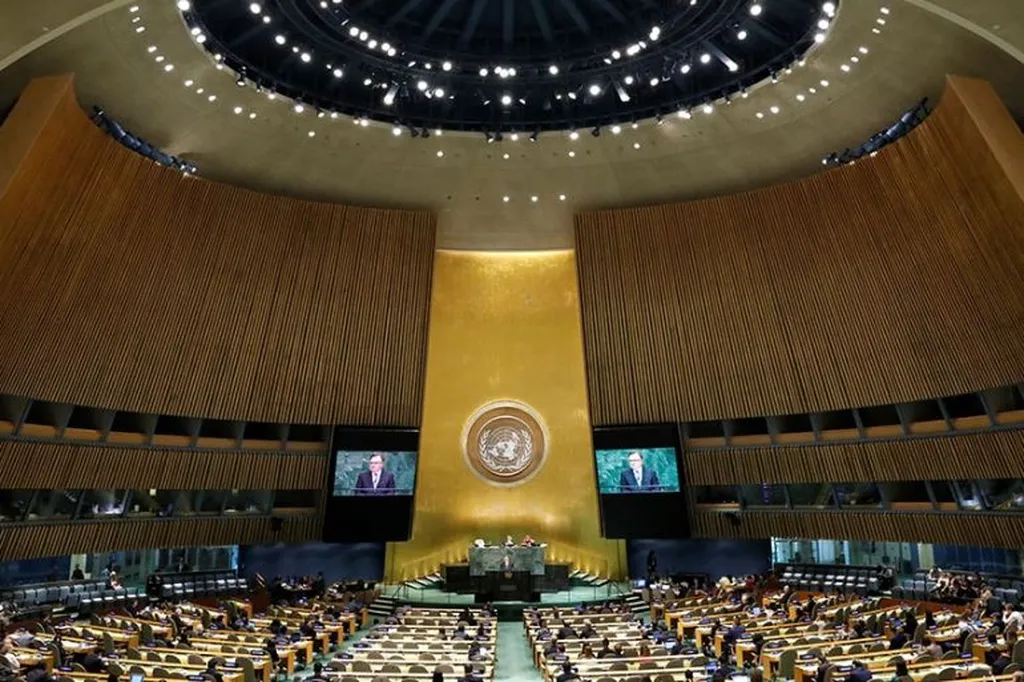In the sun-drenched landscapes of Morocco, a battle of energy titans is unfolding, not in the realm of political or environmental debates, but in the cold, hard numbers of electricity production costs. A recent study, published in the journal *Energy Strategy Reviews*, has shed light on the competitiveness of renewable energy sources in the North African nation, offering insights that could reshape the global energy sector.
The research, led by Zakaria Bouhamed of Mohammed V University in Rabat, Morocco, delves into the levelized cost of electricity (LCOE) for various power generation technologies. The LCOE is a measure that allows for the comparison of different methods of electricity generation on a consistent basis. By analyzing the average electricity production costs, Bouhamed and his team have identified the most and least competitive technologies in Morocco’s energy mix.
The findings reveal a complex picture. Fossil fuel-based power plants, particularly coal-fired ones, currently hold the crown for the lowest LCOE, ranging from 0.02 to 0.2 MAD/KWh. “This is primarily due to the low fuel costs and the existing infrastructure,” explains Bouhamed. Gas-fired plants follow closely, with LCOEs between 0.05–0.09 MAD/KWh.
However, the story is different for renewable energy sources. Wind farms, hydropower stations, and solar power systems exhibit higher costs, with LCOEs ranging from 0.17 to 0.74 MAD/KWh, 0.18 to 0.37 MAD/KWh, and 0.2 to 0.73 MAD/KWh, respectively. Oil-fired power plants, with LCOE values ranging from 0.97 to 3.34 MAD/KWh, are the least competitive.
But Bouhamed cautions against interpreting these findings as a verdict on the future of renewable energy. “The higher costs of renewable energy technologies are largely due to capital expenditures and generation capacity,” he says. “As technology advances and economies of scale are achieved, these costs are expected to decrease.”
The study also highlights the influence of external factors on the competitiveness of different energy sources. For instance, the volatility of global fuel prices can significantly impact the LCOE of fossil fuel-based power plants, while renewable energy technologies are more dependent on initial investments and operational efficiency.
The implications of this research extend far beyond Morocco’s borders. As countries worldwide grapple with the need to transition to cleaner energy sources while maintaining economic competitiveness, the insights from this study offer valuable guidance. It underscores the need for continued investment in renewable energy technologies to drive down costs and improve efficiency.
Moreover, the study serves as a reminder that the energy transition is not a straightforward path. It requires a nuanced understanding of the economic, technological, and environmental factors at play. As Bouhamed puts it, “The energy transition is a marathon, not a sprint. It requires patience, persistence, and a willingness to adapt to changing circumstances.”
In the end, the battle of energy titans in Morocco is not just about numbers on a page. It’s about shaping a sustainable future for the energy sector, one that balances economic competitiveness with environmental responsibility. And as the sun sets on the Moroccan landscape, the promise of a cleaner, greener energy future shines ever brighter.

